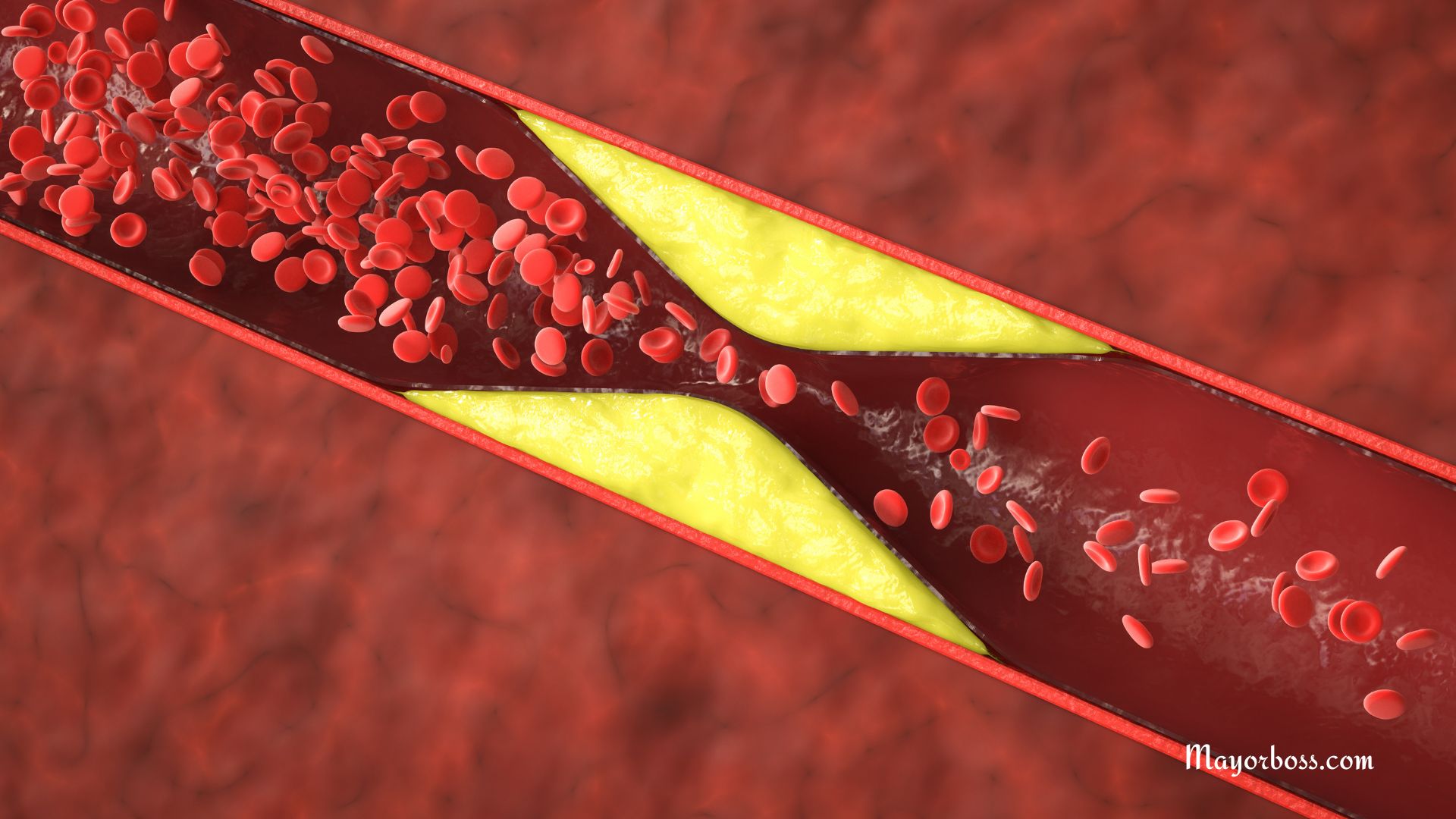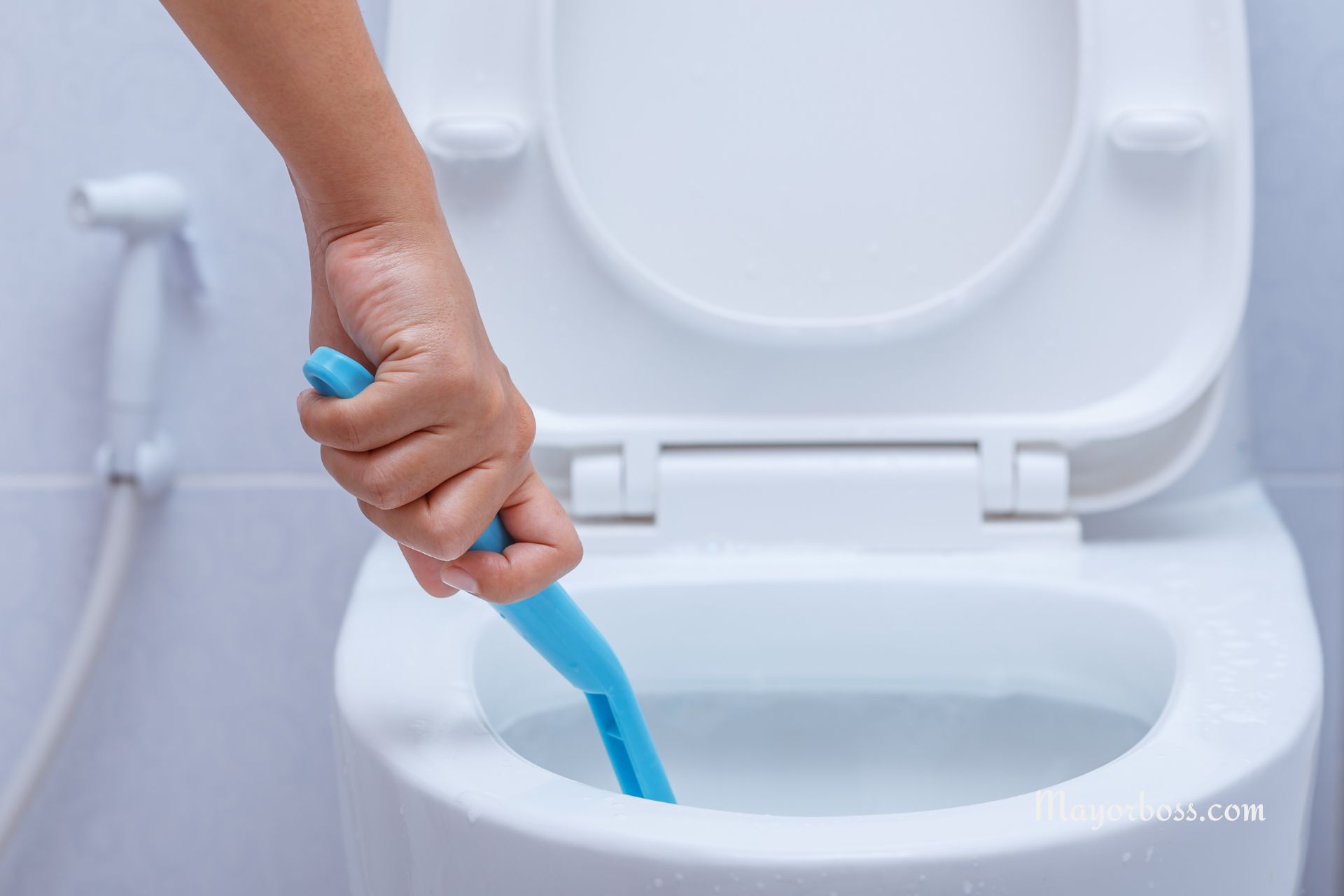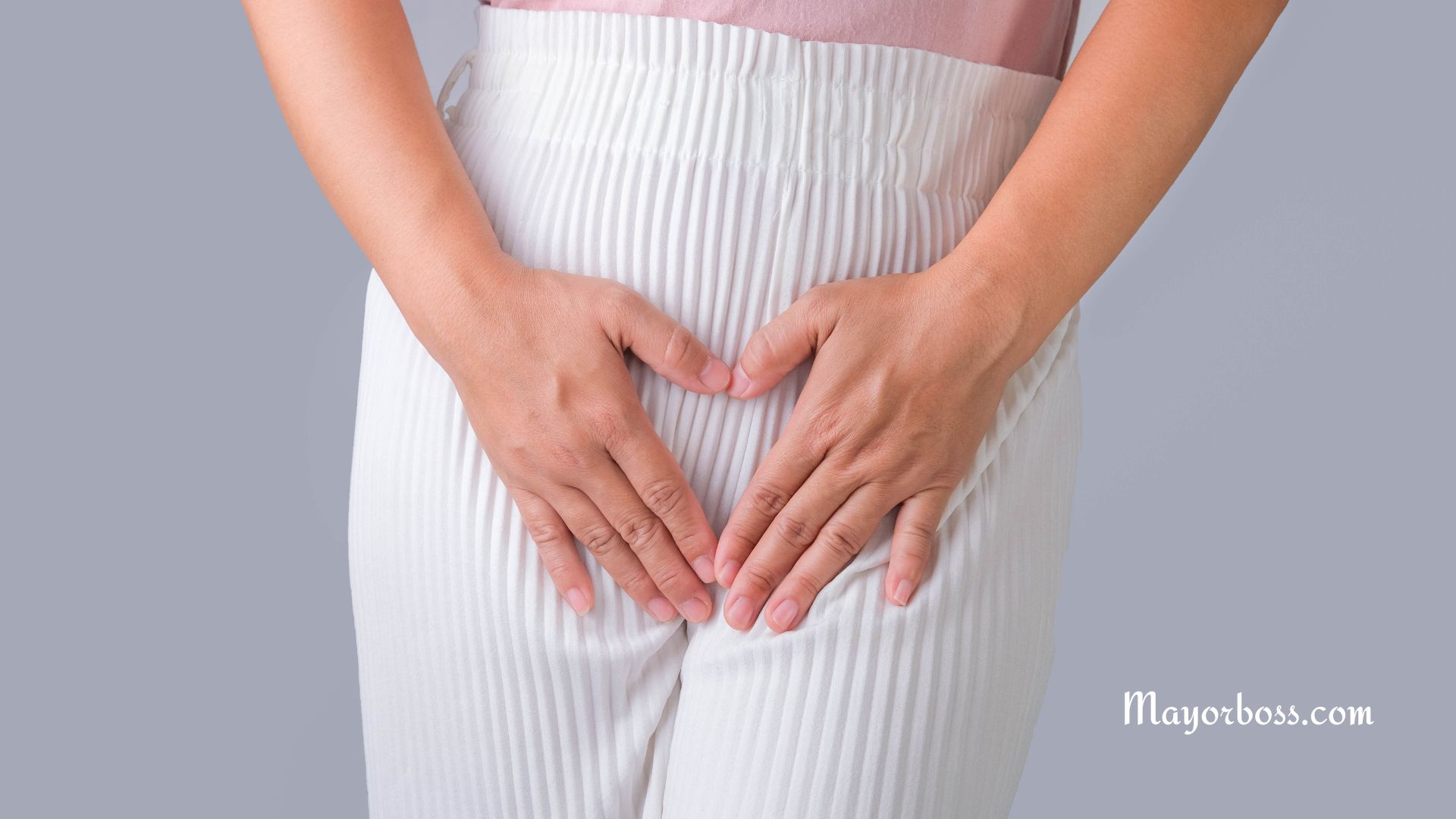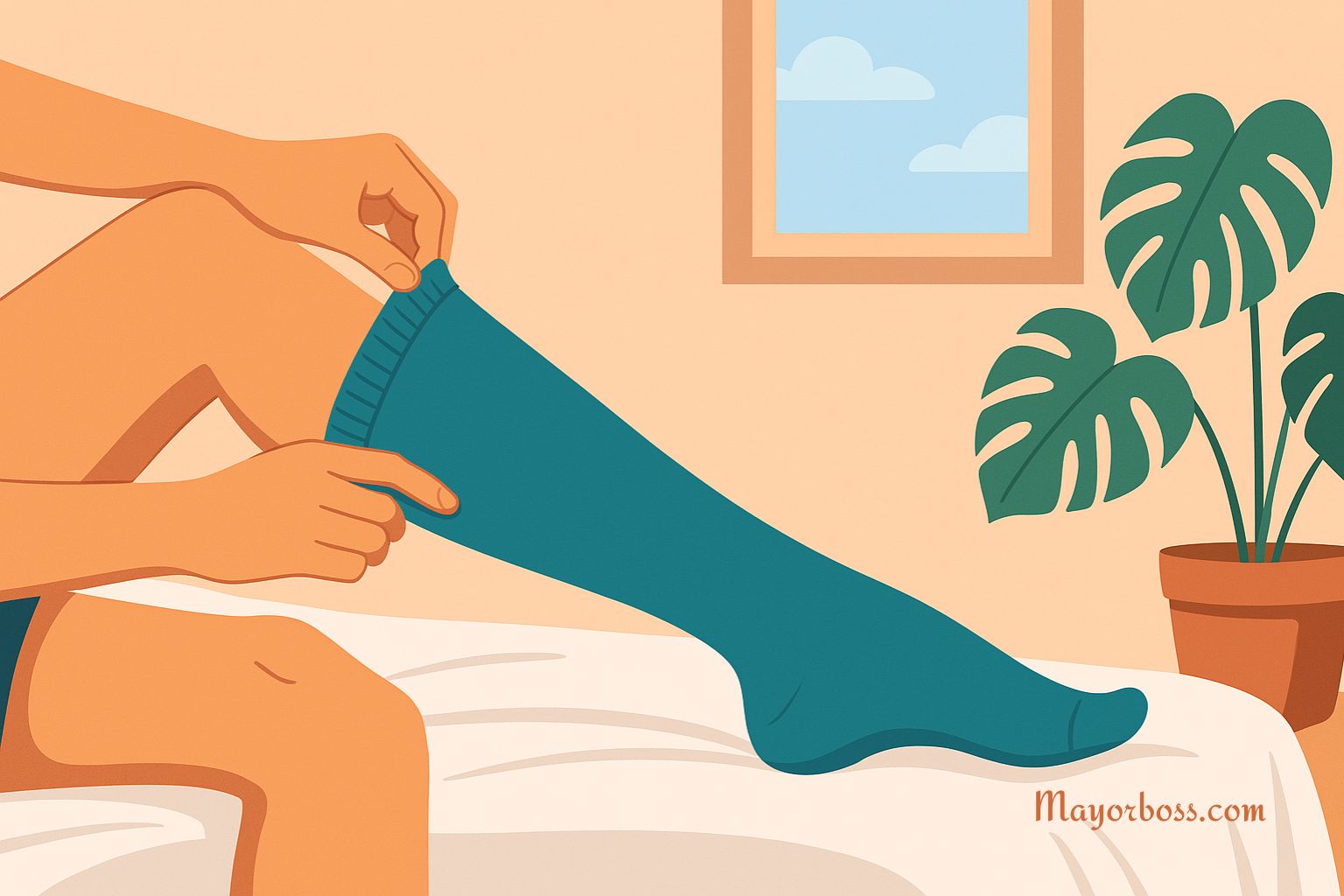Can a Stye Cause a Headache?
Have you ever had a small, red, and painful bump on the edge of your eyelid and then experienced a headache afterward? You might have had a stye. Styes are common, but can they actually cause headaches? Let’s explore this question in depth, with insights from family doctor Natalia Hapych, MD.
What is a Stye?
First, we need to understand what a style is. A stye is a round, red, painful lump that grows at the base of your eyelashes or under your eyelid. The medical term for a stye is hordeolum. Styes usually develop when the oil glands on your eyelid become infected with bacteria. Staphylococcus bacteria is the most common culprit.
A stye might cause discomfort, but it’s rarely serious. Most styes get better on their own or with simple home remedies such as warm compresses. But can a stye cause a headache? Let’s dig deeper.
Can a Stye Cause a Headache?
According to family physician Natalia Hapych, MD, while a stye in itself does not directly cause a headache, the pain and discomfort caused by the stye can lead to a tension headache.
“Plainly speaking, tension headache is generally one of the most predominant types of headache, and they can be triggered by stress, anxiety, tiredness, and strain in the eyes,” says Dr. Hapych. “If you have a stye, you might be squinting or straining your eyes, which can lead to tension in the muscles around your eyes and forehead, thereby causing a headache.”
She further explains, “A stye can cause swelling and inflammation, which might put pressure on the surrounding nerves of the eye, leading to referred pain that feels like a headache.
Symptoms to Watch For
Styes are usually easy to identify, but they can sometimes be mistaken for a chalazion, which is a blocked oil gland on your eyelid. Both conditions can cause swelling and redness, but a chalazion is typically less painful than a stye and does not cause a pus-filled head.
When it comes to headaches, symptoms can include a dull, aching sensation on both sides of your head, a feeling of tightness or pressure across your forehead, or tenderness on your scalp, neck, and shoulder muscles.
If you’re experiencing both a stye and a headache, Dr. Hapych recommends seeking medical attention. “It’s essential to see a healthcare provider to rule out any underlying conditions that might be causing these symptoms,” she advises.
Treating a Stye and a Headache
When you have a stye, the first line of treatment is usually a warm compress. You can do this at home by soaking a clean washcloth in warm water and then gently holding it against your closed eyelid for about 10 to 15 minutes several times a day. “The warmth helps to break down the oil that has blocked the gland, allowing the stye to drain naturally,” says Dr. Hapych.
Over-the-counter pain relievers can also be helpful in relieving pain from both a stye and a tension headache. If the stye does not improve after several days of at-home treatment, or if it keeps recurring, you should see a healthcare provider. They might prescribe an antibiotic ointment or, in severe cases, may need to drain the stye.
As for the headache, if it is indeed a tension headache caused by a stye, it should improve once the stye has been treated and the eye strain has been relieved. Regular over-the-counter pain relievers can also help manage the symptoms of a tension headache.
The Bottom Line
In conclusion, while a stye doesn’t directly cause a headache, the discomfort from the stye can potentially lead to a tension headache. If you’re experiencing both a stye and a headache, it’s important to treat both symptoms and see a healthcare provider if the symptoms persist. With the right treatment, both conditions can be managed effectively, ensuring your overall comfort and well-being.
Further Reading: How to Get Rid of a Stye






